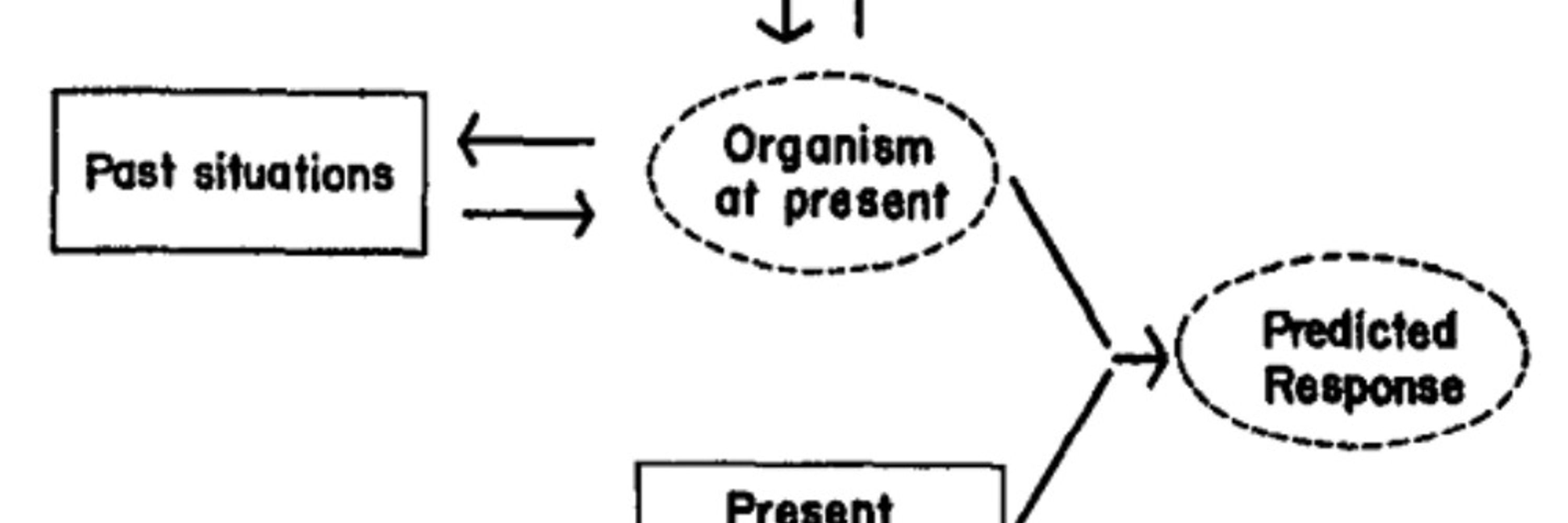
What’s going on with those adolescents? What is that „Risk-taking“ everyone keeps talking about? And how do people adapt to poverty?
Also, big shoutout of course to @connectedmindslab.bsky.social 🤗
Also, big shoutout of course to @connectedmindslab.bsky.social 🤗
But I wonder if the "surrogate" and joint social-nonsocial, probabilistic rewards are the same thing for the mind and shaping behaviour... 🤨
Anyway; exciting stuff 🚀
But I wonder if the "surrogate" and joint social-nonsocial, probabilistic rewards are the same thing for the mind and shaping behaviour... 🤨
Anyway; exciting stuff 🚀
We could not model social and nonsocial learning jointly, because the personal rewards were so salient in our task and learning about demonstrators related to the demonstrators' behaviour history only [...]

We could not model social and nonsocial learning jointly, because the personal rewards were so salient in our task and learning about demonstrators related to the demonstrators' behaviour history only [...]
I like this feature-learning approach a lot; it seems so elegant and resonates with us in moving away from "greedy" social-copy heuristics, as social learning is just more dynamic than such models can portray. Our experiment required us to adopt [...]
I like this feature-learning approach a lot; it seems so elegant and resonates with us in moving away from "greedy" social-copy heuristics, as social learning is just more dynamic than such models can portray. Our experiment required us to adopt [...]

